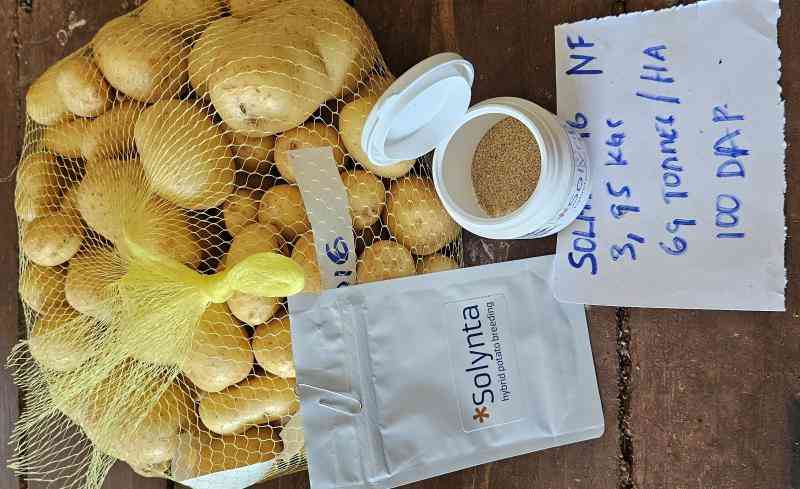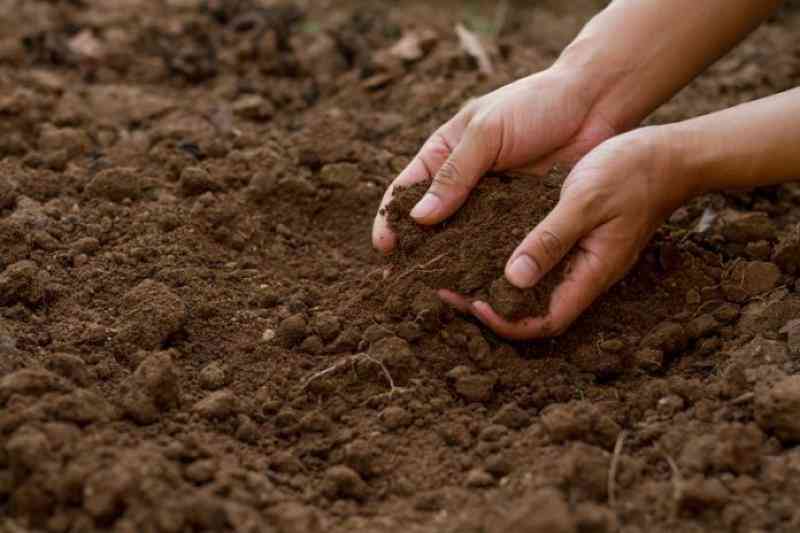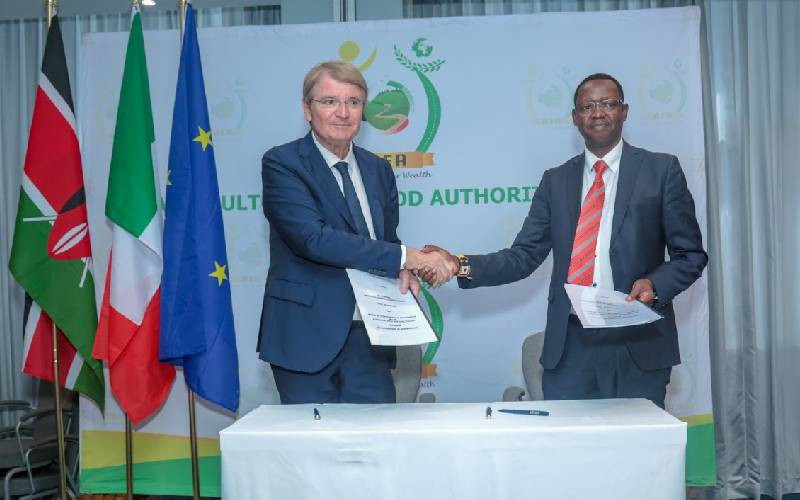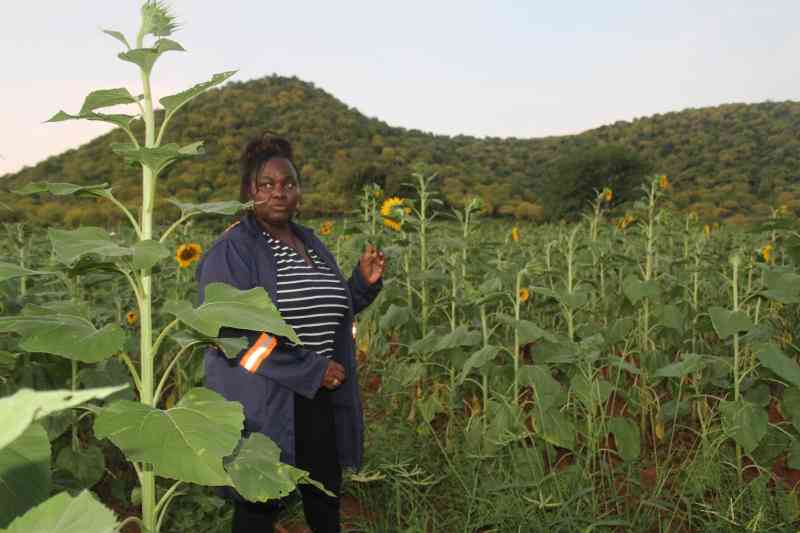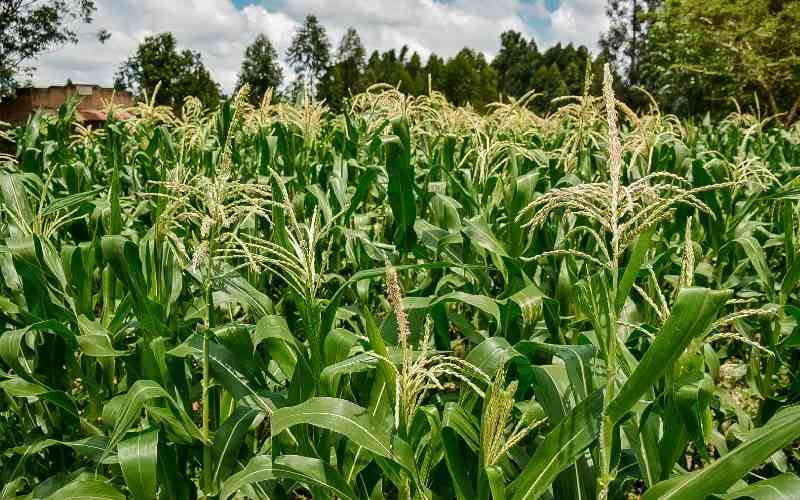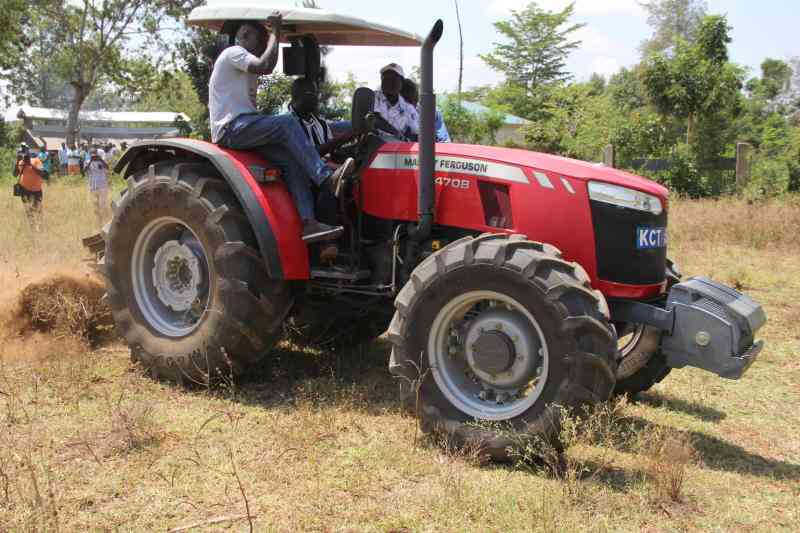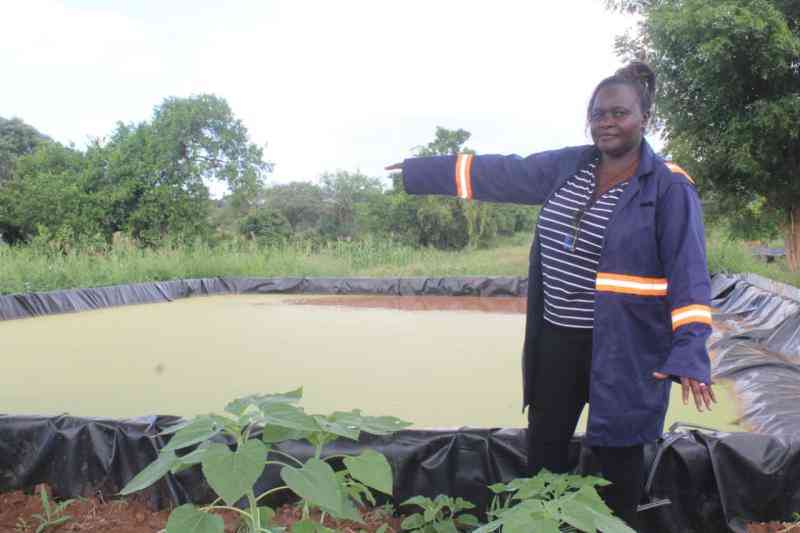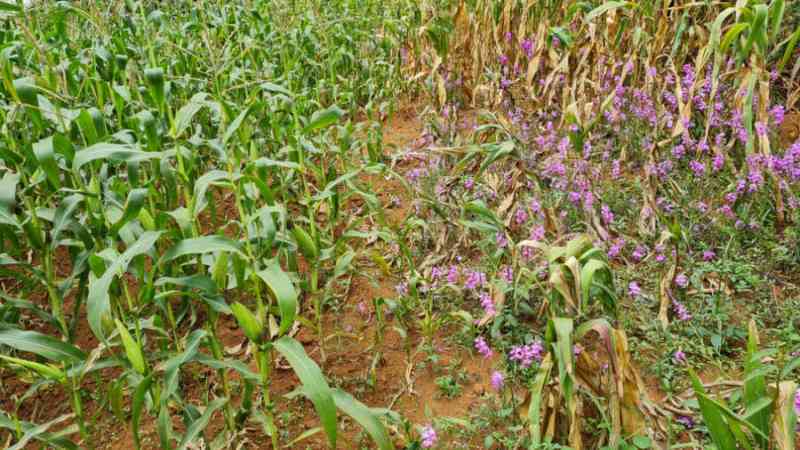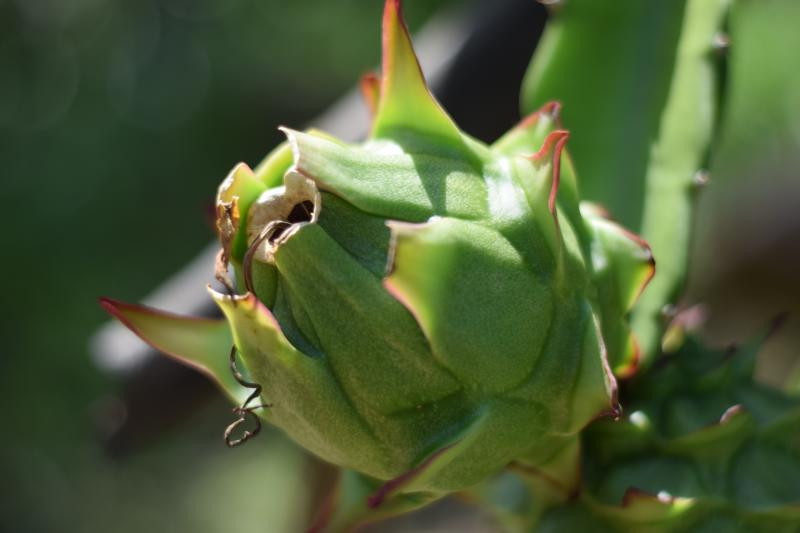
Dragon fruit also known as Pitayas
Can I grow fruits in arid or semi-arid environments? This was a question from a regular reader. The answer is yes. In fact, there are a number of fruits that are perfectly apt for desert like environment. These fruits can tolerate drought and mature into attractive fruits for your consumption and for the market.
Thorn melon
The thorn melon is also referred to as kiwano melon, jelly melon, or horned melon. The fruit has its origin in the Kalahari desert and mostly grows in dry or semi-arid places of the world. The fruits have a characteristic orange skin when ripe and spikes on their outer surfaces. The fruits are grown for both domestic and export markets. The ideal temperatures are 20-300C for germination. The crop's growth is hardly affected by temperatures as high as 400C although, temperatures above 300C could affect flowering. The annual rainfall of 350-600mm per annum is sufficient to support the plant. Thorn melon is propagated by seeds, which can be sown directly or seedlings raised in the nursery or trays and then transplanted when they have two true leaves. It takes 3 to 4 months for the fruit to reach maturity. A single plant can produce up to 30 fruits, especially during the warm seasons and the shelf life of a harvested thorn melon fruit is 6 months.
Pomegranate
Pomegranate is a shrub that grows to a height of 15 feet and is mainly propagated through cuttings. Once established, they're fairly drought-tolerant, making pomegranate well-suited for mild desert climates. It may take 3 to 5 years for your new plant to produce fruit. Pomegranates are self-pollinating, so you only need one to set fruit. They are relatively hardy and will bear fruit within the second year. Trees usually have thorns and are grown as bushy shrubs. Prune out any crossing branches or shoots to three to five per branch, removing the dead stems and suckers. Adherence to recommended crop husbandry will guarantee you delicious pomegranate fruits in only two years.
Guava
Succulent, sweet, and a bit tangy at times, guava trees are an excellent addition to any arid garden. Guava is mainly grown in the tropics and will tolerate temperatures between 15 and 45C. Guava is also adaptable to a wide range of soils and will grow in both sandy or rocky soils in addition to loam, preferring a pH of 4.5 to 7 but tolerating alkaline soil of pH 8.5. Guava is more resistant to drought than most tropical fruits and can withstand long periods of dry weather by ceasing vegetative growth until conditions improve.
Pawpaw
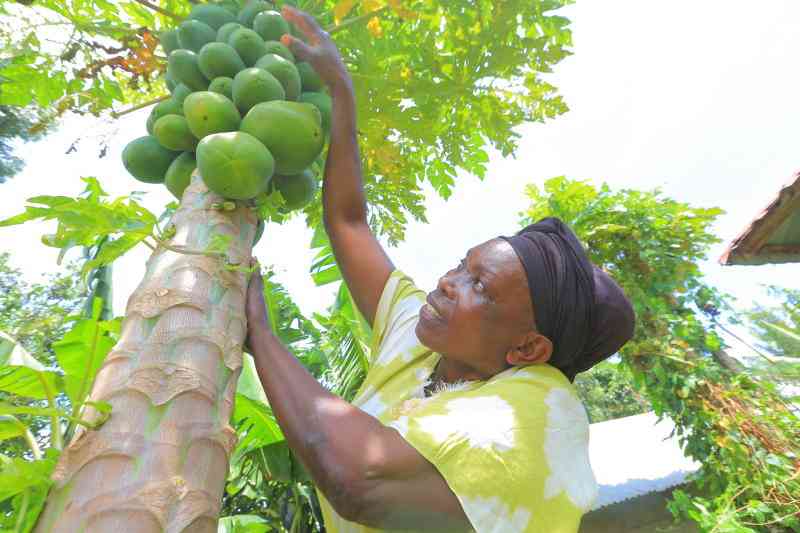
Roda Ogake a paw paw farmer checks some of her fruits at her Riosiri home in Kisii County. [Sammy Omingo, Standard]
Commonly referred to as paipai (Swahili). Pawpaw grows very fast and may reach a height of 3 to 10m, but in semi-arid areas, supplementary irrigation is necessary to ensure that it is not short lived. This means it doesn't last longer than two or three years. Propagation of Pawpaw plants are usually produced by seed. They may also be produced through grafting or using root cuttings. Some farmers will graft female plants onto male ones to increase the number of productive trees. Each fruit has 300-700 seeds and there are approximately 20,000 seeds per kilogramme. Seeds need to be washed to remove the gelatinous aril and dried slightly. Fresh seeds should germinate within 2-3 weeks. Pawpaws require a hot climate with optimum temperature between 26-30oC. Pawpaws require adequate rain that is evenly distributed of 1000 to 1500mm annually. Lack of moisture over a prolonged period will result in decreased growth and production.
Dragon fruit
Also known as Pitayas, dragon fruit is becoming popular in Kenya due to it attractive market prices. The demand is high especially from Kenyans of Asian origin and Chinese. It contains phosphorus and potassium which encourage flowering and fruiting. The dragon fruit requires no less than 8 hours of open sun, with an average temperature range of 15 to 25C, a characteristic that makes it suitable for arid and semi-arid regions. Besides the fruits, other parts of Pitaya are edible. The roots, flowers and peels can be used to prepare herbal tea. The fruit takes 27 to 30 days to maturity.
Mangoes
Mango trees are drought tolerant and they grow best in full sunlight. Mango also does best on the average annual temperature of between 15 to 30 degrees centigrade. Annual rainfall of 850 to 1000mm is sufficient for mango cultivation. It should be noted that rainfall during the flowering season reduces fruit set. After the plant is well established it can tolerate drought especially when its tap root reaches the water table.
 The Standard Group Plc is a multi-media organization with investments in media platforms spanning newspaper print
operations, television, radio broadcasting, digital and online services. The Standard Group is recognized as a
leading multi-media house in Kenya with a key influence in matters of national and international interest.
The Standard Group Plc is a multi-media organization with investments in media platforms spanning newspaper print
operations, television, radio broadcasting, digital and online services. The Standard Group is recognized as a
leading multi-media house in Kenya with a key influence in matters of national and international interest.

